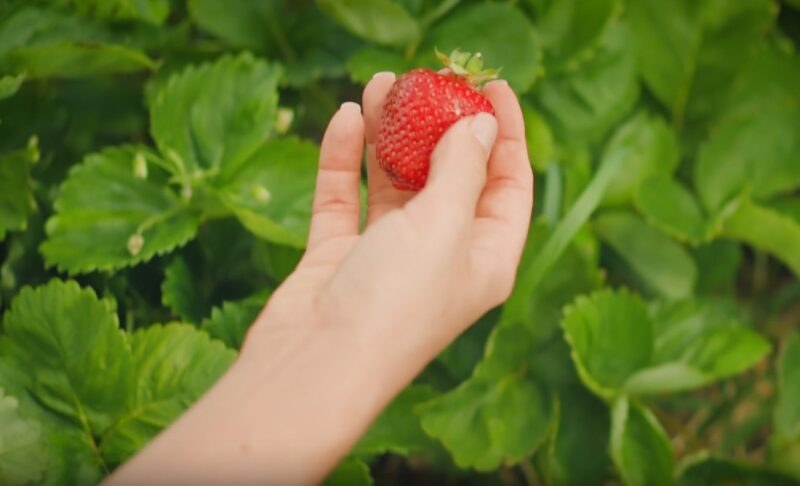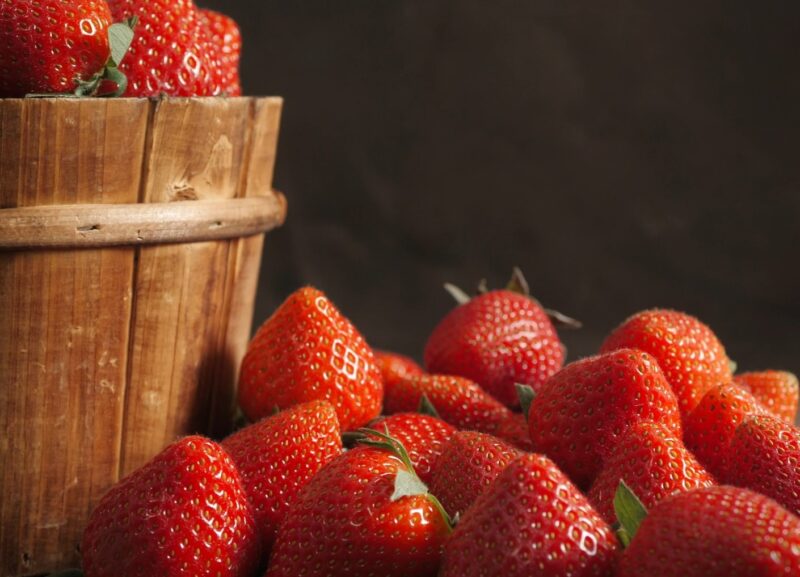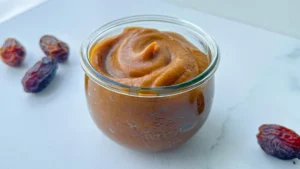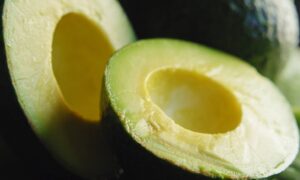At first glance, this question might seem absurd. Of course, strawberries are fruits, right? They’re sweet, they’re used in desserts, and they have seeds on the outside—surely, they must be fruits. But if you’ve ever wondered why someone would even ask this question, it’s because the answer isn’t as straightforward as you’d think.
Defining Fruits and Vegetables (A Botanical Perspective)
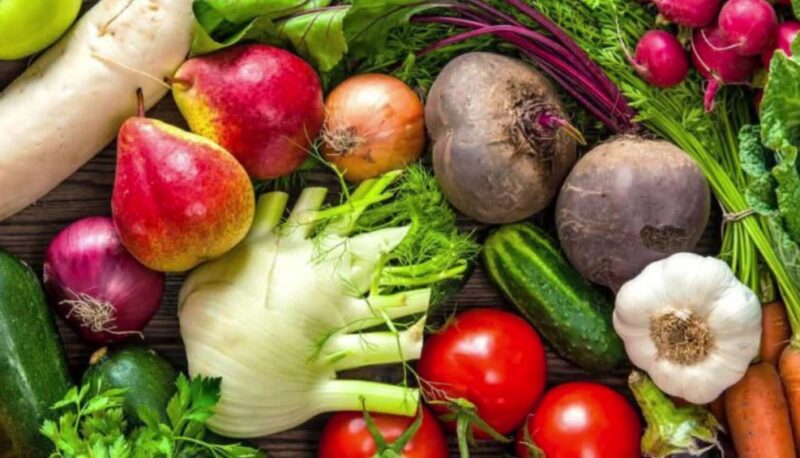
To truly understand the strawberry’s classification, we need to step into the world of botany, where definitions are more precise than our everyday culinary categories.
| Category | Definition | Examples |
| Fruits | Mature ovaries of flowering plants, typically containing seeds. Develop from the fertilized ovary of a flower and are the plant’s way of spreading seeds. | Apples, Oranges, Tomatoes, Cucumbers |
| Vegetables | Other parts of the plant, such as leaves, stems, roots, or flowers. Not specifically related to the plant’s reproductive process. | Lettuce (leaves), Celery (stems), Carrots (roots), Broccoli (flowers) |
So, where does the strawberry fit into all this?
A strawberry is not a fruit in the conventional sense. When you eat a strawberry, you’re not munching on a traditional botanical fruit. The red, fleshy part that we all love to eat isn’t actually derived from the plant’s ovary. Instead, it’s the swollen receptacle (the part of the plant that holds the ovary).
The small seeds you see on the surface? Those are the actual fruits, known as achenes. Each achene contains a seed, making what we typically think of as a “strawberry” a collection of tiny fruits!
Therefore…
Given this information, strawberries can be classified as aggregate fruits. An aggregate fruit is one that forms from multiple ovaries of a single flower. Other examples include raspberries and blackberries. So, while strawberries aren’t traditional fruits in the way apples or oranges are, they do fit the botanical definition of a fruit.
However, because we eat the fleshy part, which isn’t directly the ovary, strawberries are somewhat unique, leading to the confusion. They’re certainly not vegetables by any stretch of the imagination—unless you’re following a specific culinary tradition where “vegetable” can sometimes refer to any edible plant part.
Health Benefits of Strawberries
Regardless of whether strawberries are fruits or vegetables, one thing is clear: they are incredibly nutritious.
Rich in Vitamin C
Strawberries are an excellent source of vitamin C, an essential nutrient that plays a vital role in immune function, skin health, and collagen production. Just one serving of strawberries (about eight berries) provides more vitamin C than an orange!
Antioxidant Powerhouse
Strawberries are packed with antioxidants, including anthocyanins, which give them their bright red color. These compounds help combat oxidative stress in the body, reducing the risk of chronic diseases such as heart disease and cancer.
High in Fiber
Dietary fiber is crucial for maintaining a healthy digestive system, and strawberries are a good source. The fiber in strawberries helps regulate blood sugar levels, promotes satiety, and supports healthy digestion. Also, strawberries can be part of many healthy meals.
Heart Health
Strawberries have been linked to improved heart health. The high levels of antioxidants and fiber contribute to lower levels of LDL cholesterol (the “bad” cholesterol), reduced inflammation, and better overall cardiovascular health.
Weight Management
Low in calories but high in flavor and nutrients, strawberries are an excellent addition to any weight management plan. Their natural sweetness makes them a satisfying snack or dessert option without the added sugars and calories of many processed treats.
In Summary
So, is a strawberry a fruit or a vegetable? The answer is clear—botanically, it’s an aggregate fruit, even though it’s not a fruit in the traditional sense. In the culinary world, it’s undoubtedly a fruit, celebrated for its sweetness and versatility.


